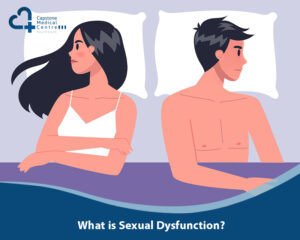
Yellow Fever
Yellow fever is a disease that spreads through the bites of Aedes and Haemagogus mosquitoes, which are carriers of an arbovirus. This illness …


MD, FRACGP, FACAM
Advance Diploma in General Dermatology
Diploma of Cosmetic Medicine

Vitamin D deficiency is a condition where your body lacks sufficient vitamin D for optimal health.
In Australia, more than one-third of adults experience varying degrees of vitamin D deficiency.
The Australian government sets recommended daily intakes for all vitamins. For vitamin D, the guidelines suggest 5μg (micrograms) daily for individuals from infancy to 50 years, 10μg for those aged 51-70, and 15μg for those over 70 years old.
Vitamin D is crucial for calcium absorption. Babies with low calcium can experience seizures, and children with severe vitamin D deficiency may develop rickets, characterized by bone and muscle pain due to soft bones.
Older adults lacking vitamin D face higher risks of bone fractures due to low calcium levels and a weaker immune system. Long-term deficiency can lead to conditions like osteoporosis or osteomalacia (soft bones in adolescents or adults, akin to rickets).
Sun-derived vitamin D doesn’t cause toxicity, but excessive UV radiation exposure significantly raises skin cancer risk. Sunscreen use does not result in vitamin D deficiency.
However, chronic high intake of vitamin D supplements can lead to vitamin D toxicity, primarily manifesting as hypercalcemia (excessive calcium in the blood), with symptoms like nausea, dehydration, and constipation.

Yellow fever is a disease that spreads through the bites of Aedes and Haemagogus mosquitoes, which are carriers of an arbovirus. This illness …

Zinc is a vital mineral found naturally in certain foods, added to others, and available as a dietary supplement. It’s also present in some cold lozenges, …

Erectile dysfunction (ED), sometimes referred to as impotence, is when

Sexual dysfunction is a common issue that can affect individuals

Prostatitis, a condition that has significant implications for men’s health,
Monday – Wednesday
Thursday – Friday
Saturday
Sunday
Public holidays
9 am to 5:30 pm
8:30 am to 6:30 pm
10.00 am to 3.00 pm
closed
closed
© 2020 All rights reserved.
